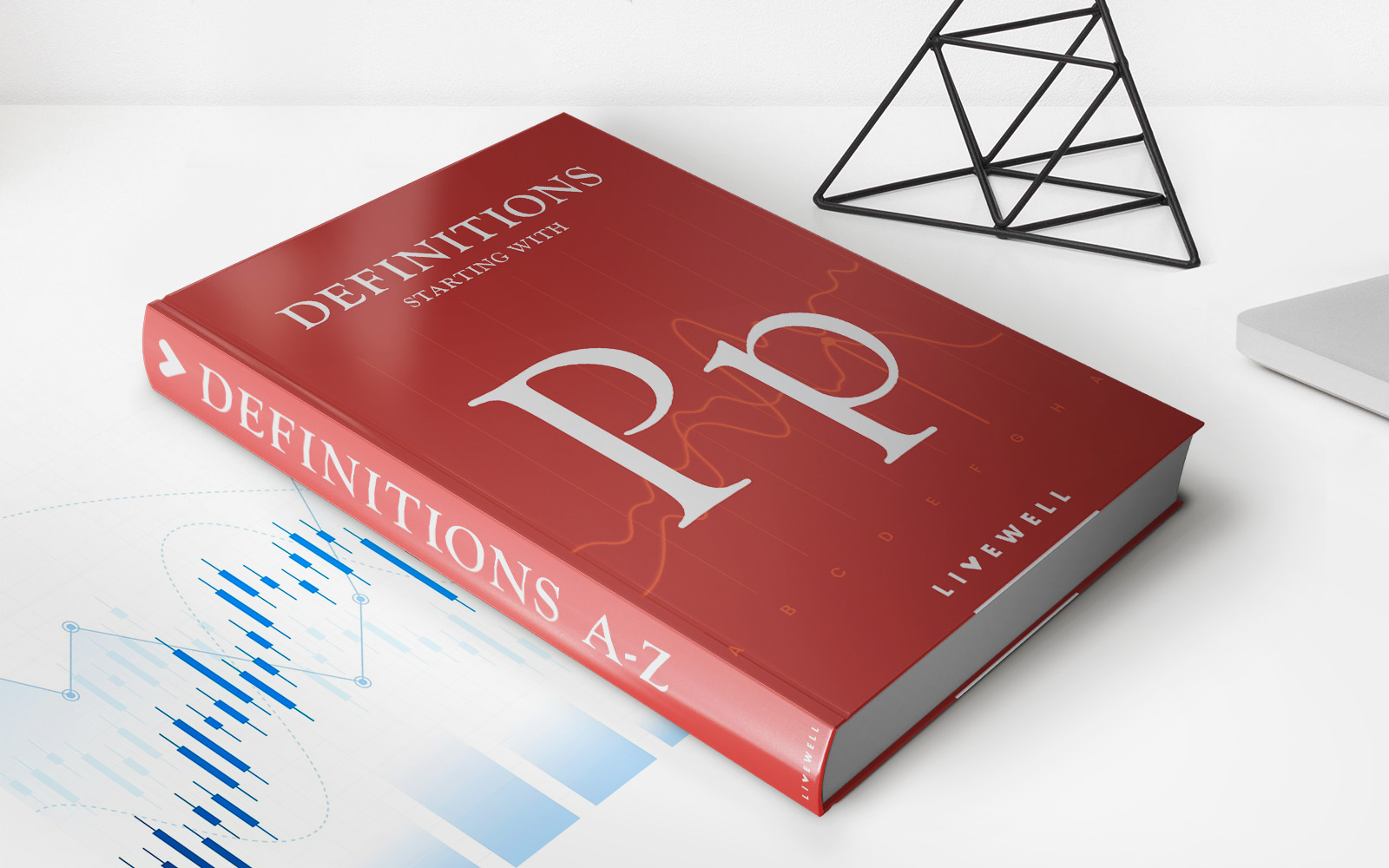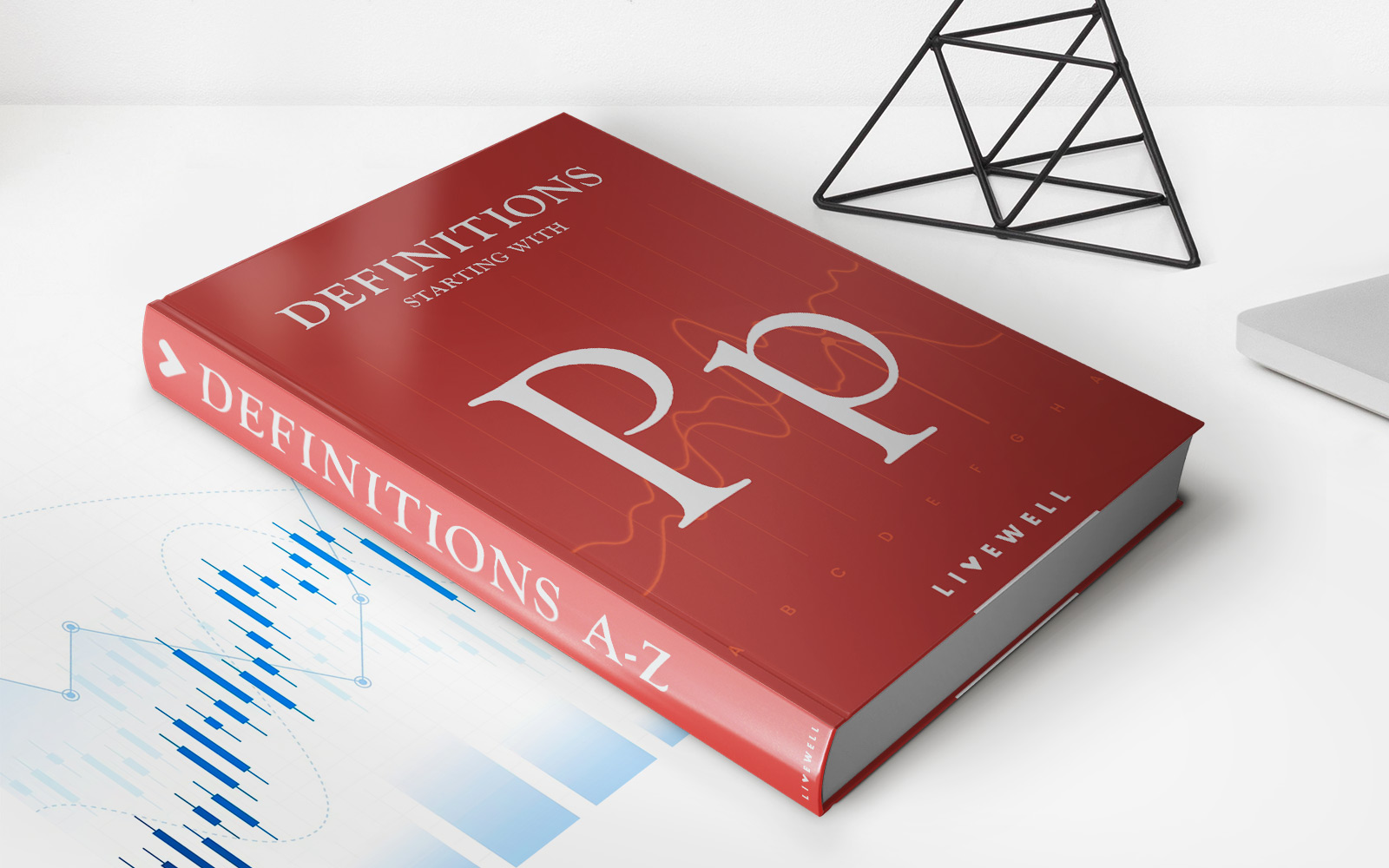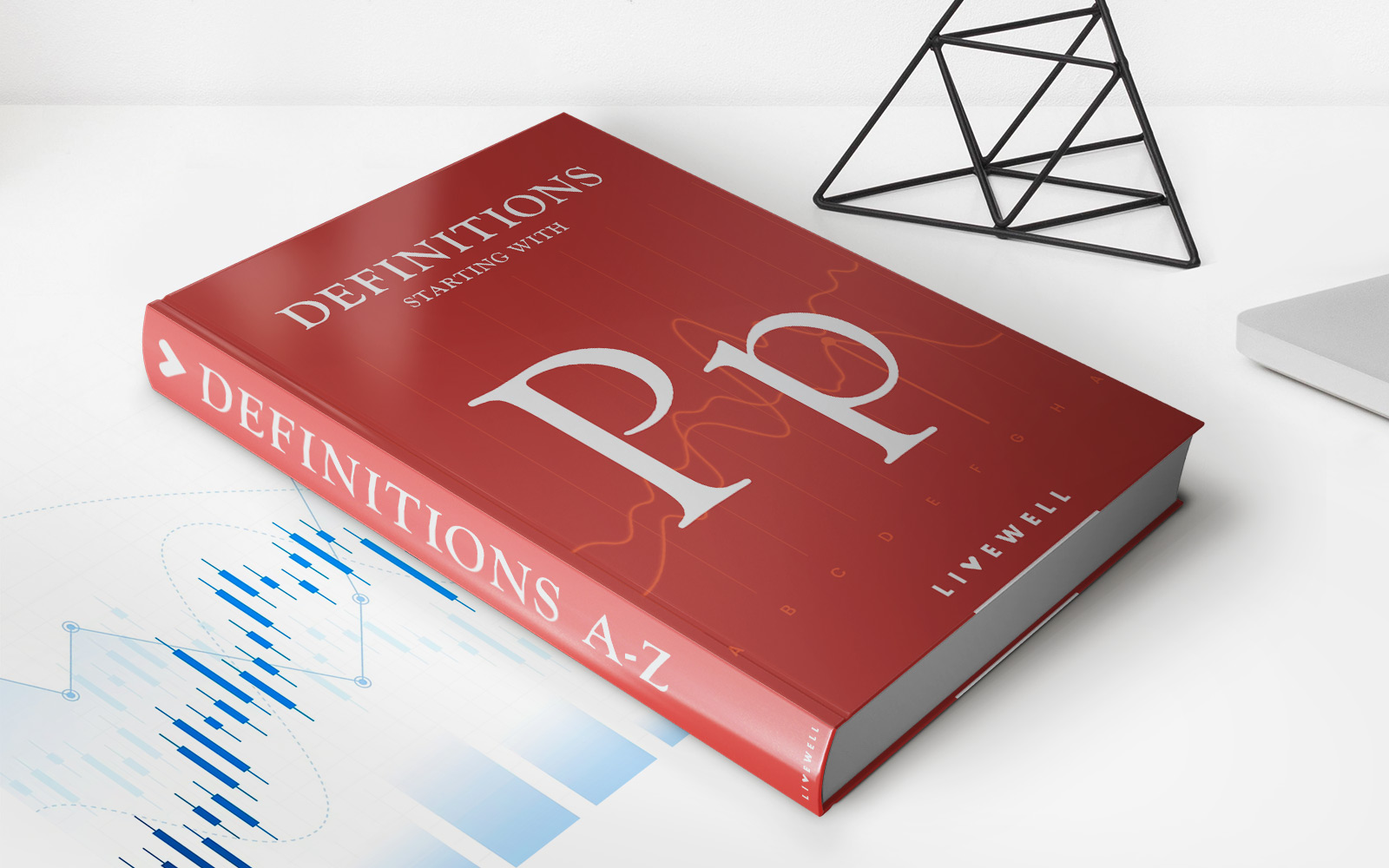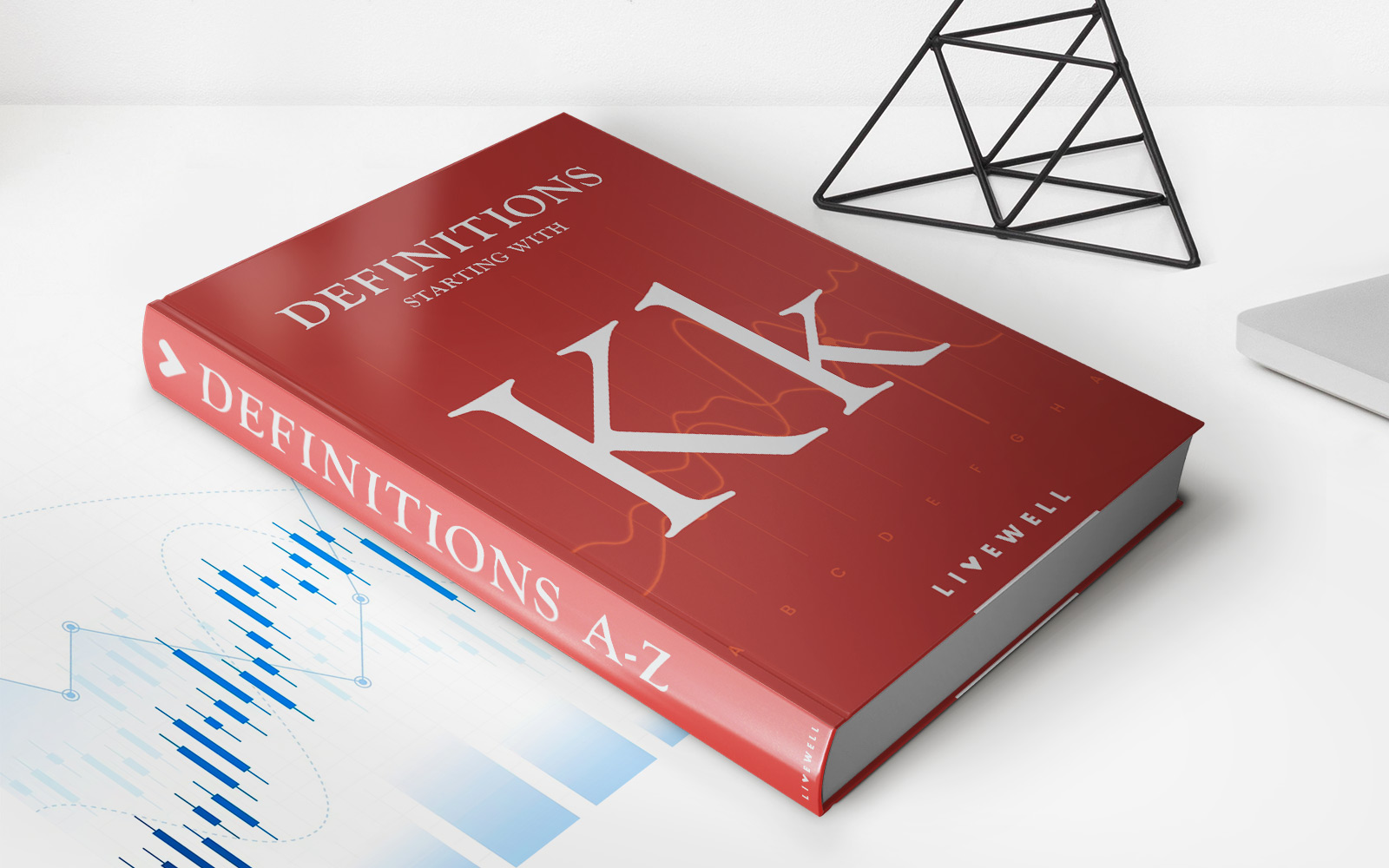Home>Finance>Options Strike Prices: How It Works, Definition, And Example


Finance
Options Strike Prices: How It Works, Definition, And Example
Published: January 4, 2024
Learn about options strike prices in finance - definition, how they work, and see an example to understand their importance and impact.
(Many of the links in this article redirect to a specific reviewed product. Your purchase of these products through affiliate links helps to generate commission for LiveWell, at no extra cost. Learn more)
Unlocking the Potential of Options Strike Prices in Finance
When it comes to navigating the world of finance, understanding the intricate details of different investment options is crucial. One such aspect is options strike prices, which play a significant role in the options trading market. But what exactly are options strike prices, how do they work, and why should investors pay attention to them? In this article, we will explore the definition of options strike prices and provide a clear example to shed light on their importance.
Key Takeaways:
- Options strike prices are predetermined prices at which an underlying asset can be bought or sold within a specific timeframe.
- Strike prices play a vital role in determining the profitability of an options contract.
What are Options Strike Prices?
In simple terms, options strike prices are the prices at which the owner of an options contract can buy or sell the underlying asset. Options, which are financial instruments, give investors the right to buy (call options) or sell (put options) an asset at a specific price (the strike price) within a defined period.
To illustrate, let’s consider an example. Suppose you are interested in purchasing a call option for Company XYZ’s stock. The strike price for this option is set at $50, and the option has an expiration date of one month from now. If the stock price of Company XYZ rises above $50 before the expiration date, you can exercise your option and buy the stock for $50 per share, regardless of its market price. On the other hand, if the stock price remains below $50, you have the choice of not exercising your option, thus avoiding a potentially unprofitable investment.
So, why do investors pay attention to options strike prices? The strike price of an options contract directly influences its profitability. If the strike price is set too high (above the current market price for call options or below for put options), the options contract may not be profitable. Conversely, if the strike price is set strategically, investors have the potential to realize substantial gains.
How Does It Work?
Options strike prices work hand in hand with the concept of “in-the-money,” “at-the-money,” and “out-of-the-money” options. These terms denote the relationship between the underlying asset’s price and the strike price.
Here’s a breakdown:
- In-The-Money: When the strike price is beneficial for the investor if they exercise the option. For call options, an in-the-money option occurs when the stock price is above the strike price; for put options, when the stock price is below the strike price.
- At-The-Money: When the stock price is equal to the strike price. At-the-money options are neutral; if exercised, investors will neither gain nor lose.
- Out-Of-The-Money: When exercising the option would result in a loss. For call options, an out-of-the-money option occurs when the stock price is below the strike price; for put options, when the stock price is above the strike price.
It’s important to note that options strike prices are not random, but rather set by the options exchange. These strike prices are usually listed in increments or “option chains” to accommodate different trading preferences.
An Example of Options Strike Prices
Let’s dive deeper into options strike prices with an example:
Suppose you are considering purchasing call options for Company ABC’s stock. The current stock price stands at $100, and you have three options with different strike prices:
- Option 1: Strike price of $90
- Option 2: Strike price of $100
- Option 3: Strike price of $110
If you believe that Company ABC’s stock price will increase, you might choose Option 1 for its lower strike price. This way, if the stock price surpasses $90, you will be “in-the-money” and can potentially profit from the option.
Alternatively, if you expect the stock price to remain relatively stable, you might opt for Option 2 with a strike price equal to the current stock price. This “at-the-money” option grants you the flexibility to exercise or not exercise, depending on market conditions.
Lastly, if you anticipate a drop in Company ABC’s stock price, Option 3 with a higher strike price might be the most suitable. If the stock price falls below $110, you would be “out-of-the-money,” meaning the option may result in a loss.
By carefully evaluating strike prices and market conditions, investors can make informed decisions to optimize their investment strategies and potentially maximize returns.
In conclusion,
Options strike prices are a key component of options contracts and play a vital role in the world of finance. Understanding strike prices enables investors to assess the potential profitability of an options contract and make informed decisions based on market conditions. By aligning strike prices with market expectations, investors can seize opportunities and navigate the complex landscape of options trading more effectively.














